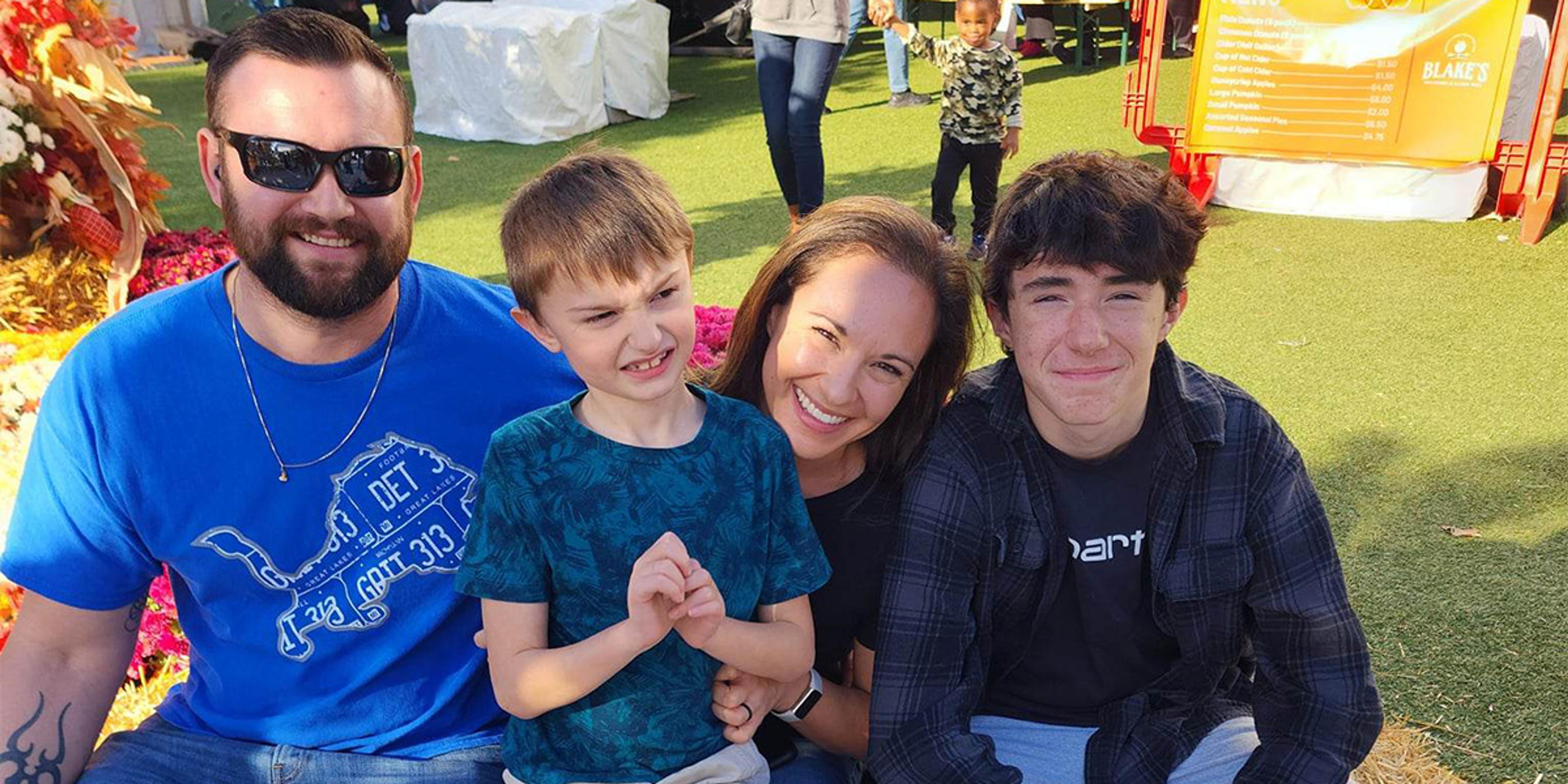Building Healthy Communities: Fighting Childhood Obesity One Kid at a Time
bcbsm
| 3 min read

As September rolls around, schools become a “second home” to Michigan kids. During the seven hours most children spend in school each day, they grow academically, foster their communication and character-building skills, and develop routines that will usher them into young adulthood and beyond. But there’s another way schools can impact the lives of students: They can help them establish a healthy lifestyle. Seeing the Need Encouraging healthy habits in students at school is something that’s always been important, especially in disadvantaged areas. A study by the University of Michigan Health System indicated for every one percent increase in a school district’s low-income status, there is a nearly equivalent increase in the percentage of children who are obese or overweight. Two of the main factors that contribute to this connection are a lack of access to athletics programs and the unavailability of healthy eating options. This is an especially big issue in Michigan, where 32.6 percent of kids under the age of 17 are overweight or obese (higher than the national average of 31.3 percent). That’s why Blue Cross Blue Shield of Michigan created the Building Healthy Communities (BHC) program in 2009 to help schools combat childhood obesity in Michigan. Since that time, the program has evolved into a partnership with the Michigan Department of Health and Human Services, Michigan Department of Education, Michigan Fitness Foundation, Michigan State University Extension, Michigan Team Nutrition, United Dairy Industry of Michigan, University of Michigan, Wayne State University Center for School Health and Action for Healthy Kids. Making a Difference Building Healthy Communities offers three programs that schools can choose from: “Engaging Elementary Schools through Partnership,” “Engaging Middle Schools through Project Healthy Schools” and “Step Up for School Wellness.” Each of these programs focuses on providing the training, equipment, curriculum and resources to make healthy eating and physical activity more accessible to all students, regardless of their socioeconomic status. Whether it’s through the creation of active recesses, teachers taking physical activity breaks during lessons, leading nutrition lessons or organizing a school-wide healthy habits challenge, BHC programs show kids how easy it is to be healthy all day and all year long. It’s been seven years since the start of the BHC program and the results have been astounding: It has grown from 17 schools to 390 and impacted 180,000 students across the state. A study by Wayne State University found that fourth grade students who took part in BHC increased the amount of time they spent in moderate to vigorous physical activity each day by 58 percent. Results from the University of Michigan indicate middle school student participation in sports increased by 26 percent. Additionally, middle school students ate 24 percent more fruit and 10 percent more vegetables. There is a huge ripple effect to all of these little changes. Most notably, the health improvements from the elementary school program will translate into greater economic success in the future and $210 million in future health care savings. Getting Involved For a school to participate, they must demonstrate commitment and administrative support to implement and sustain the program. Visit Building Healthy Communities to see if your school is eligible and to apply. Photo Credit: U.S. Department of Agriculture





